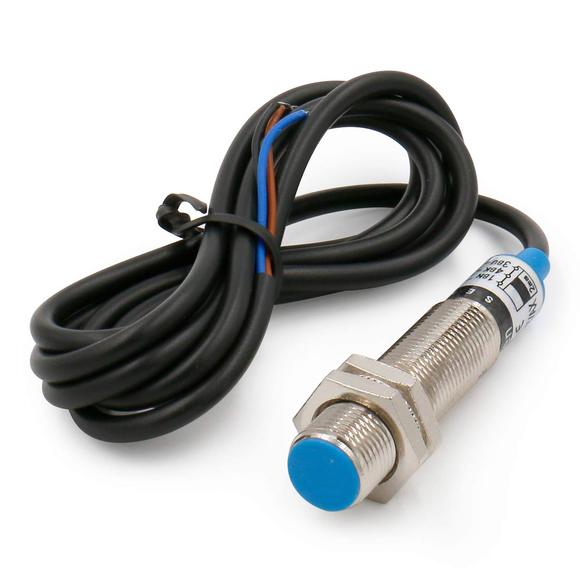Capacitive Proximity Sensor
RWF 15,000
Capacitive proximity sensors are non-contact devices that can detect the presence or absence of virtually any object regardless of material.
Product Description
Specifications
Capacitive proximity sensors rely on the ability of objects to hold an electrical charge even when the object is non-conductive. Capacitance is a measure of the amount of charge that can be stored under the application of an applied voltage. The sensor operates by noting the change in capacitance that occurs when an object (usually called the �target�) approaches the sensor.
For both capacitive and inductive proximity sensors, hysteresis is an important operating characteristic. Hysteresis is determined by the difference between the sensing face and target detection distance, and the sensing face and target release distance. These traits dictate the delineating line between object detection and non-detection. But despite their similarities to inductive sensors, capacitive sensors have a number of distinct features, including:
The ability to detect nonmetallic objects.
The ability to detect small lightweight objects that cannot be picked up by mechanical limit switches.
A solid-state output that does not bounce its contact signal.
A high switching rate that provides quick reaction in object counting applications.
The ability to detect liquid targets through certain barriers.
A long operational lifespan.
Although capacitive proximity sensors are useful for a range of applications, they can be negatively influenced by elevated levels of humidity and moisture. In addition, their sensing field must be relatively broad in order to provide effective detection.
Capacitive Proximity Sensor usually have a larger sensing distance than their inductive counterparts, and it typically falls between 4 and 40 millimeters. The detection range depends on plate diameter, as capacitive sensors measure dielectric gaps. Many capacitive proximity sensors are equipped with sensitivity adjustment controls for the sensing distance, allowing them to compensate for target object and application conditions.
- Outward appearance code:12mm
- Outward appearance code: Wetal shell
- Detection distance: 4mm
- Working voltage: DC 5-36V
- Polarity: NPN
- Dimention: 12 x 50mm
Capacitive Proximity Sensors Working Principle
Capacitive proximity sensors rely on the ability of objects to hold an electrical charge even when the object is non-conductive. Capacitance is a measure of the amount of charge that can be stored under the application of an applied voltage. The sensor operates by noting the change in capacitance that occurs when an object (usually called the �target�) approaches the sensor.
Major Features of Capacitive Sensors
For both capacitive and inductive proximity sensors, hysteresis is an important operating characteristic. Hysteresis is determined by the difference between the sensing face and target detection distance, and the sensing face and target release distance. These traits dictate the delineating line between object detection and non-detection. But despite their similarities to inductive sensors, capacitive sensors have a number of distinct features, including:
The ability to detect nonmetallic objects.
The ability to detect small lightweight objects that cannot be picked up by mechanical limit switches.
A solid-state output that does not bounce its contact signal.
A high switching rate that provides quick reaction in object counting applications.
The ability to detect liquid targets through certain barriers.
A long operational lifespan.
Although capacitive proximity sensors are useful for a range of applications, they can be negatively influenced by elevated levels of humidity and moisture. In addition, their sensing field must be relatively broad in order to provide effective detection.
Capacitive Sensing Range
Capacitive Proximity Sensor usually have a larger sensing distance than their inductive counterparts, and it typically falls between 4 and 40 millimeters. The detection range depends on plate diameter, as capacitive sensors measure dielectric gaps. Many capacitive proximity sensors are equipped with sensitivity adjustment controls for the sensing distance, allowing them to compensate for target object and application conditions.
Related Products
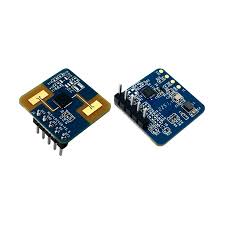
HLK-LD2420 24GHz Low-Power Hum...
RWF 9,000
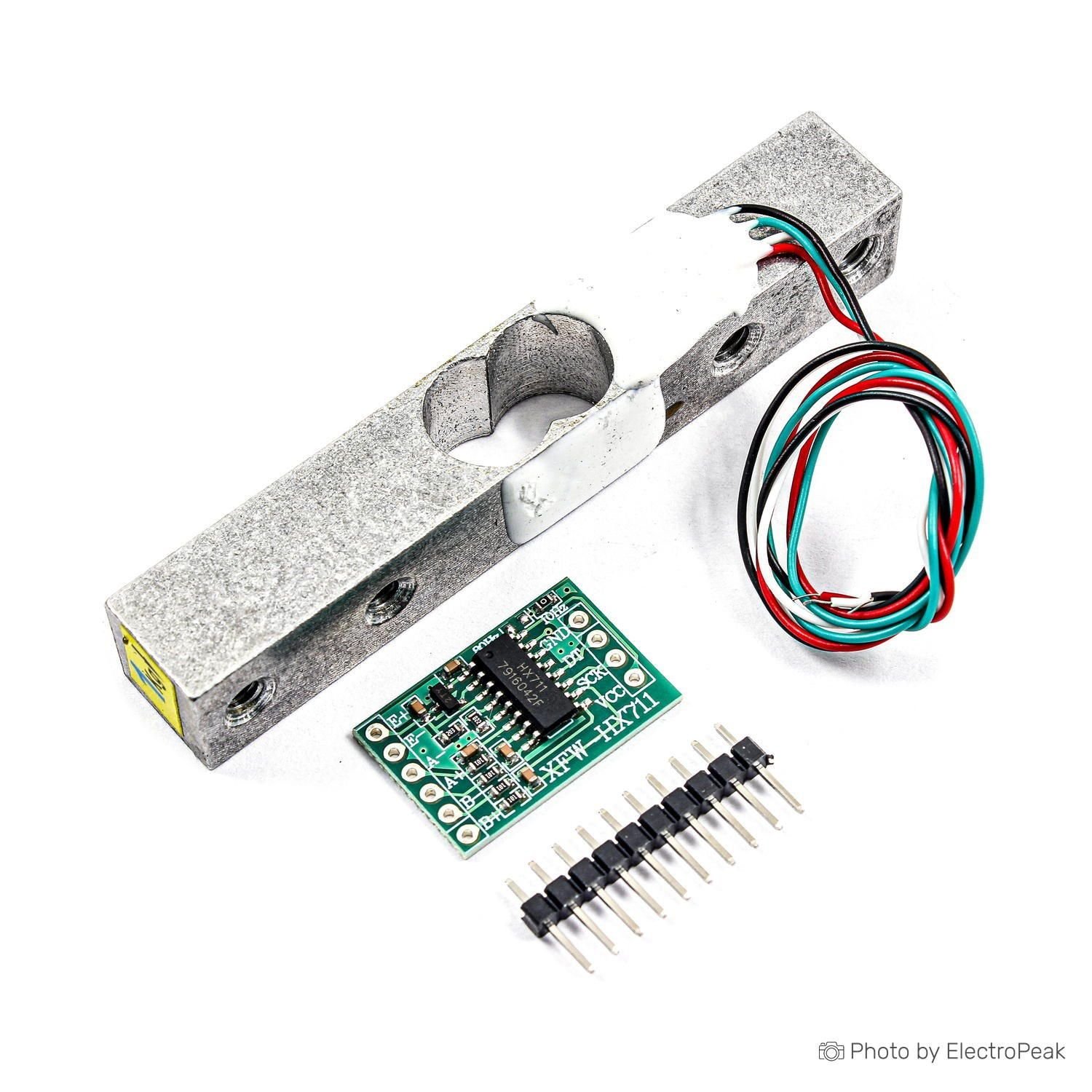
1KG Weight sensor Load Cell +...
RWF 5,500
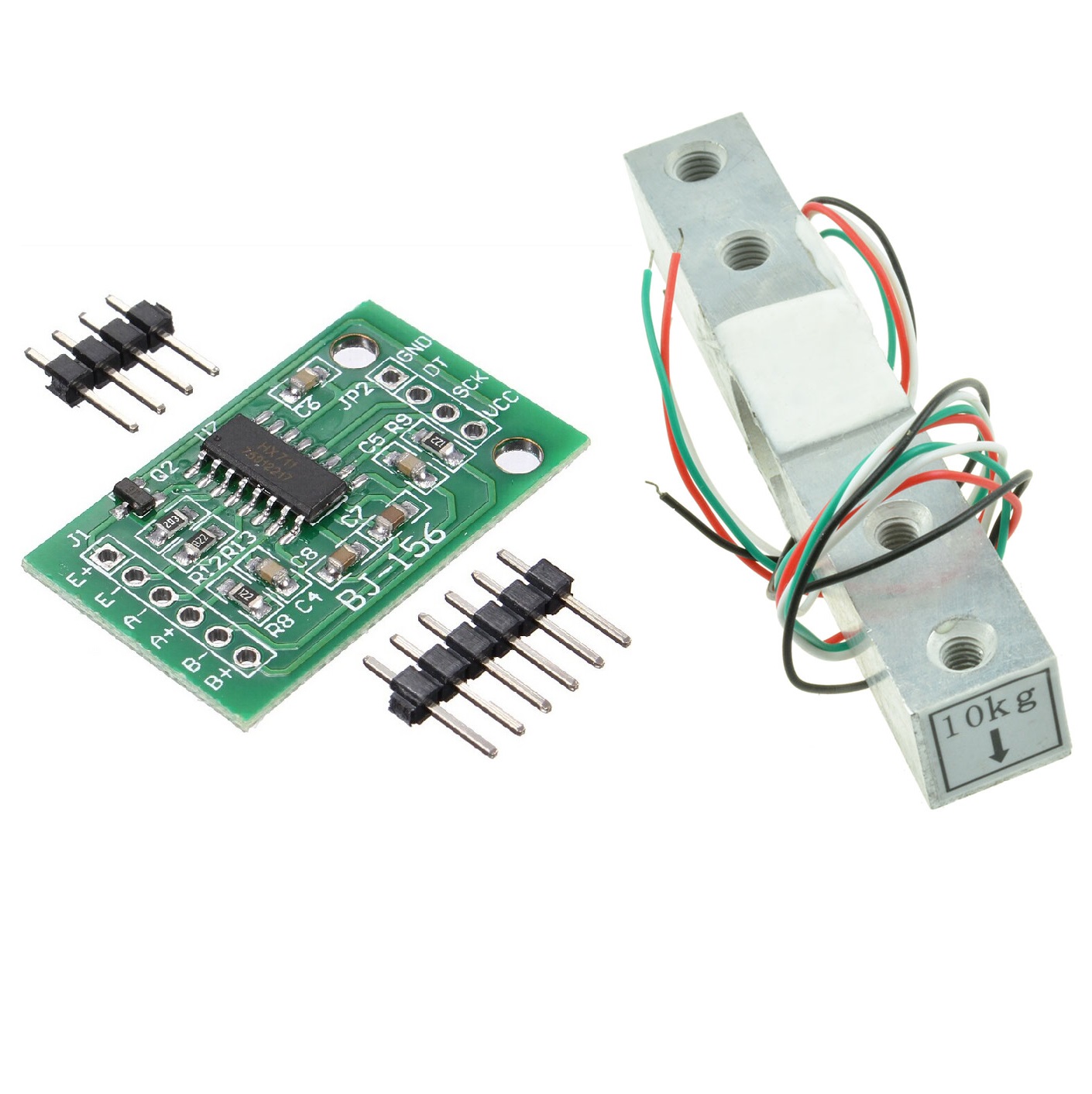
Load Cell 10kg Weight Sensor E...
RWF 8,000
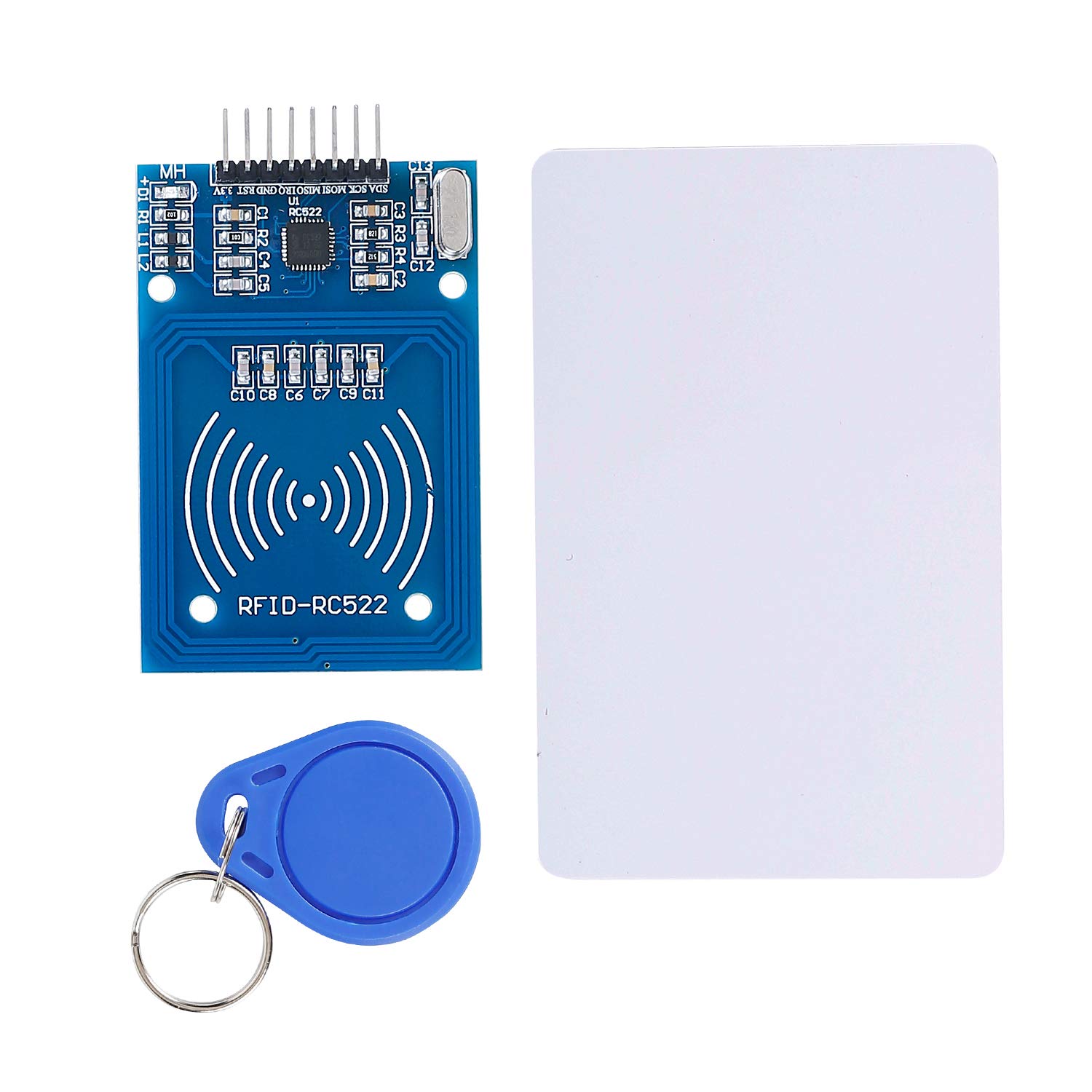
RFID Reader Module 13.56Mhz
RWF 6,500
RWF 6,000
